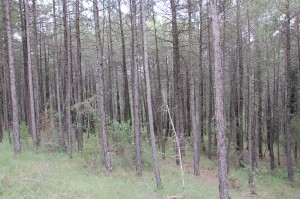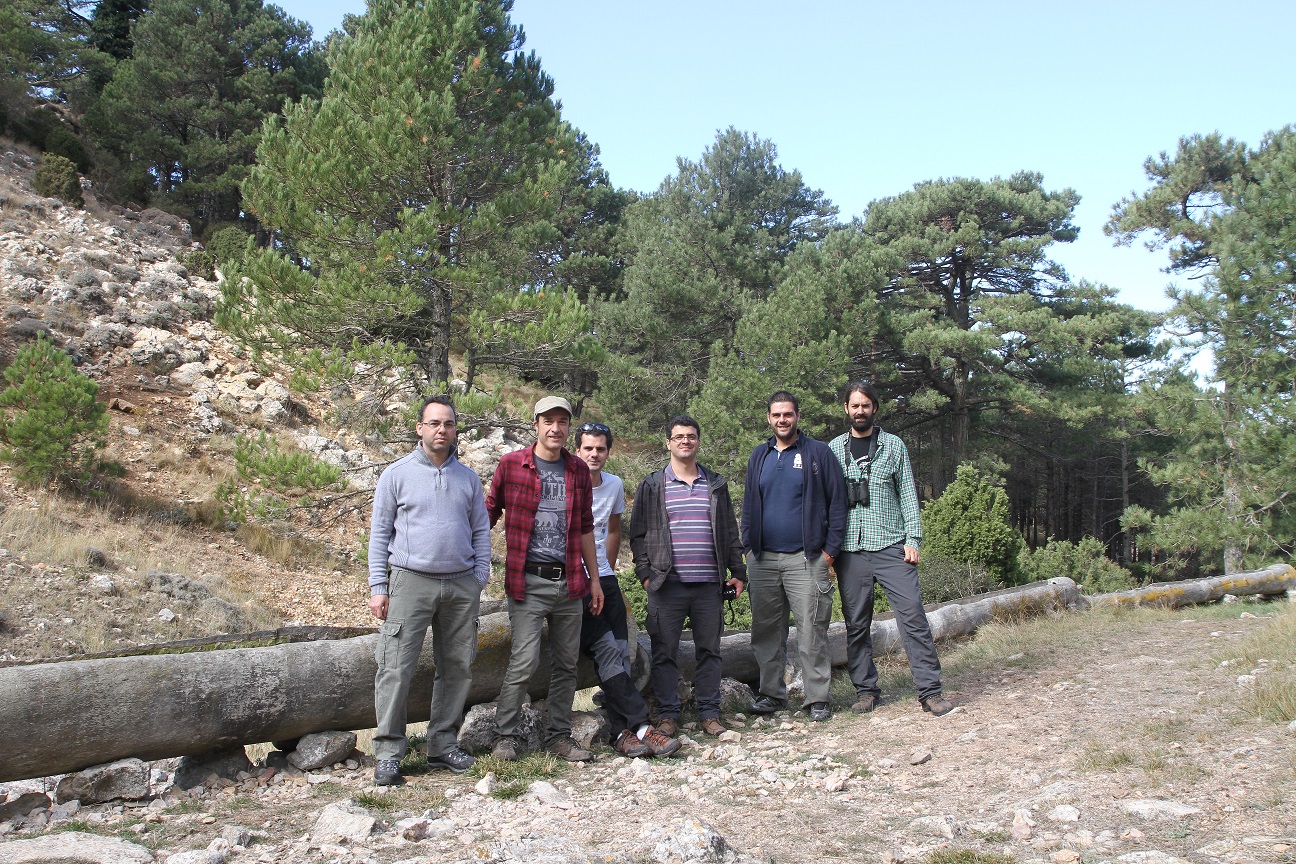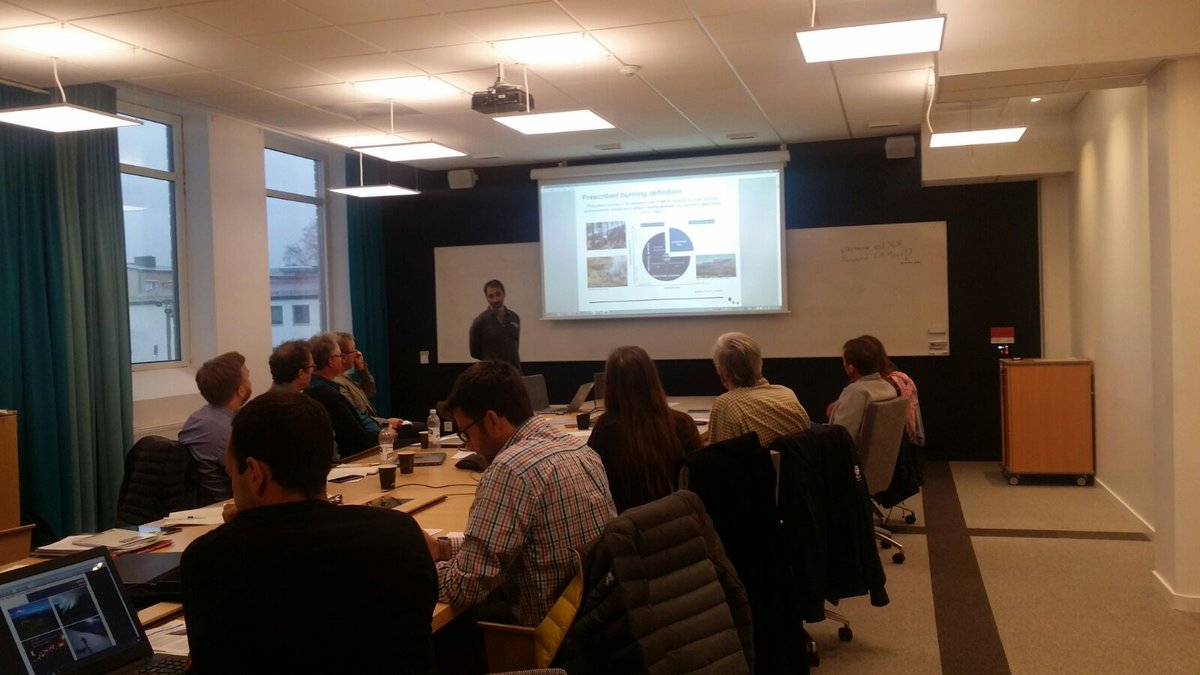
The LIFE Pinassa Project will regulate intraspecific competition between trees in Pinus nigra forests that are in early stages of growth and which are the fruit of natural regeneration in old pastures or crops. These habitat structures present elevated densities made up of fragile and unstable forests with little biodiversity, caused by a homogenous, excessively dense and immature structure that is extremely vulnerable to drought and forest fire.
Specific Objectives
- Improve the structural heterogeneity and plant composition, ecological complexity, and biodiversity of the forest.
- Condition the forests’ growth towards stages of middle and long term structural maturity once better stability and drought resistance has been reached for the tree stratus on the whole.
- Reduce the risk of forest fires in these forests and improve their resistance and resilience in the face of climate change.
- Exemplify management for the improvement of young dense forests with little vitality, low structural diversity and elevated fire risk, to permit the multi functionality of the habitat by successfully combining habitat conservation with management that is ecologically, economically and socially sustainable.
- Develop transference material which brings together the main management recommendations for treatments that guarantee habitat conservation and improvement in Pinus nigra Application of better available techniques (BAT) and Sustainable Forest Management (SFM) make conservation compatible with the rest of the forests’ functions (socioeconomic and recreational).
This is a demo action for the applicability of black pine forests typical to this habitat structure in their entire Iberic distribution. Stands subject for action present an elevated demo value: they are located in places with high accessibility, are representative of the identified habitat typology, and have facility for hosting posterior training or educational visits.
Results
The project planned 42,4ha in total, 18,4ha pre-Pyrenees and central region and 24ha in southern region. After Action3, a total of 44,4ha have been selected. ZEC distribution and execution state are shown in Table 1:
Table 1. Distribution and status of actions C2 according to conservation program
| REGION | ZEC | Area (ha) |
CONSERVATION WORKS | |
| Area (ha) | State | |||
| pre-Pyrenees and central | ES5130028 Ribera Salada | 18,89 | 18,89 | Finalitzats |
| pre-Pyrenees and central | ES5130027 Obagues riera de Madrona | 6,64 | 6,64 | Finalitzats |
| southern | ES5140011 Sistema Prelitoral Meridional | 18,87 | 18,87 | Finalitzats |
Figure 1. Thinning from below in Ribera Salada. A tree with a nest of prey and its surroundings have been preserved.






